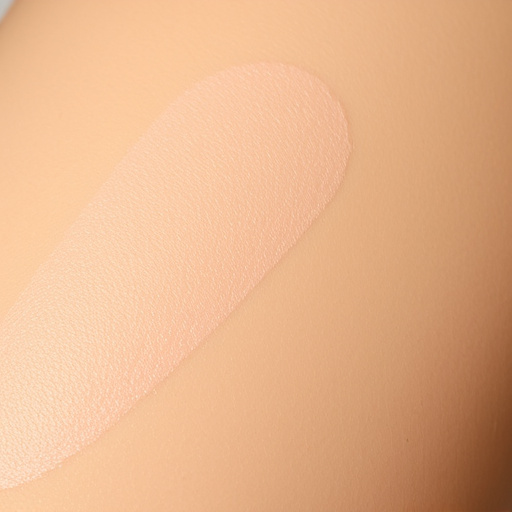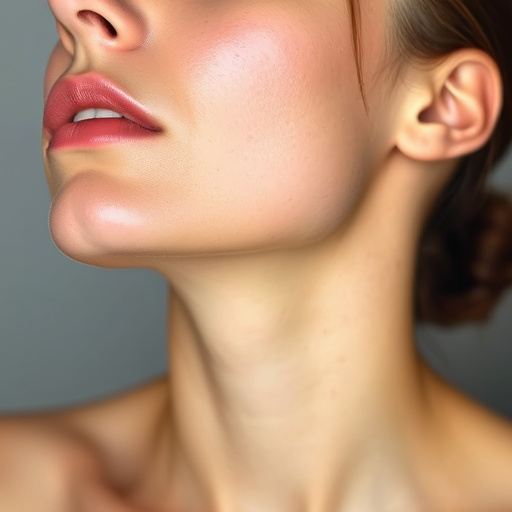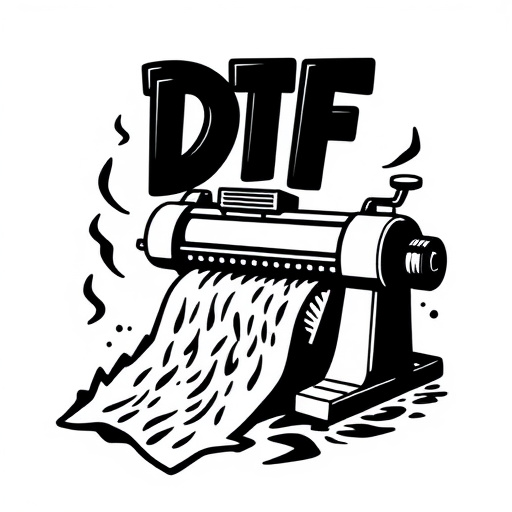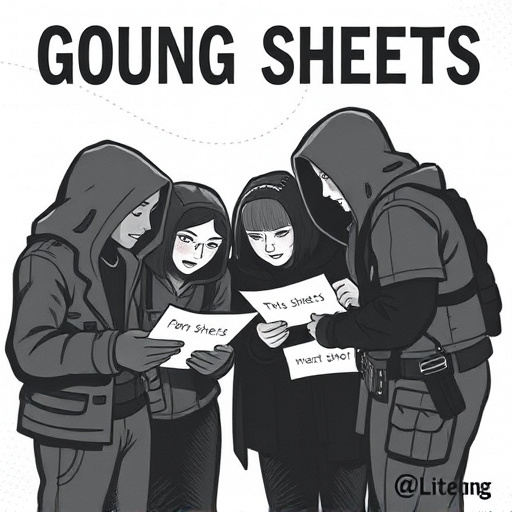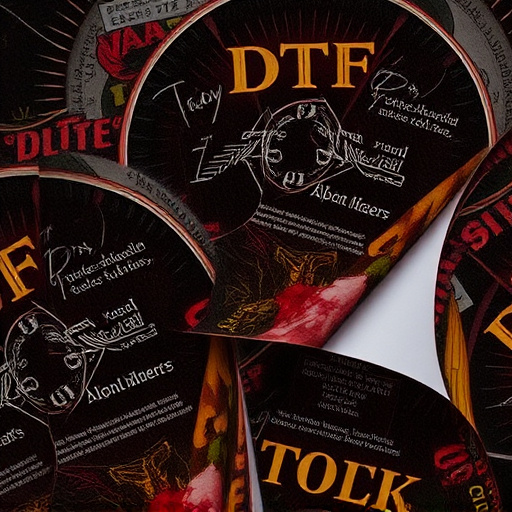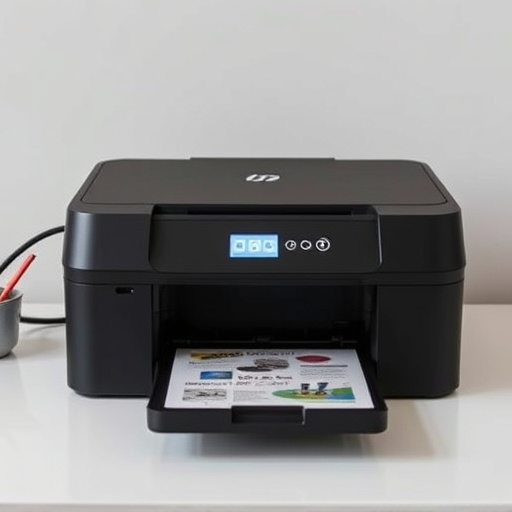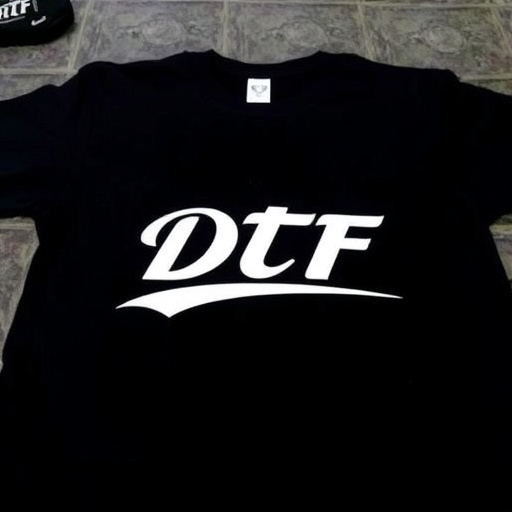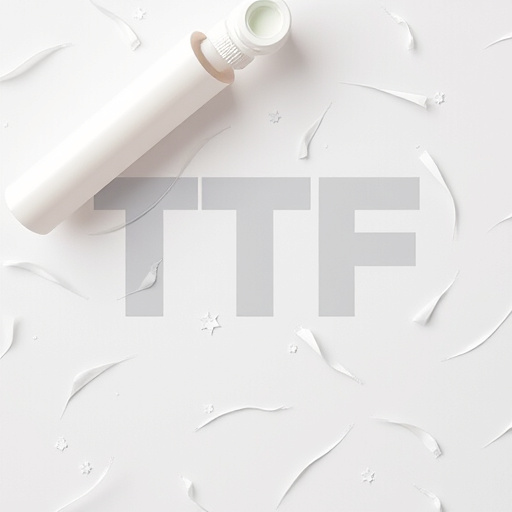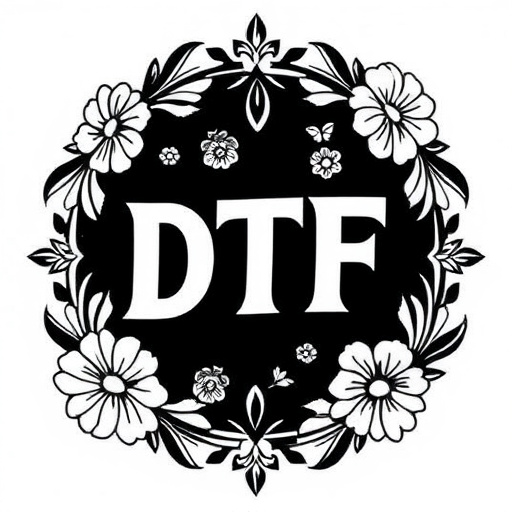Direct to fabric (DTF) printing is revolutionizing the apparel industry by enabling the production of high-quality, custom designs on various fabrics efficiently and cost-effectively. This versatile technique allows for intricate patterns, vibrant colors, and exceptional opacity, even with white ink, making it suitable for all types of clothing and materials. DTF printers, especially with their specialized white ink, offer unparalleled opacity, ensuring vibrant colors and crisp details without transparency. This technology is particularly advantageous in t-shirt printing, where a white base layer enhances color vibrancy and preserves fine lines. DTF's durability prevents fading or scuffing, making it the preferred method for achieving high-quality, long-lasting prints.
“Unleash creative possibilities with the cutting-edge DTF (Direct to Fiber) printer, a game-changer in the printing industry. This innovative technology offers unparalleled versatility, especially with its built-in white ink layer for full opacity.
In this article, we’ll explore how DTF Printing enhances visual impact and opens new design avenues. From understanding its unique advantages to examining the critical role of white ink, you’ll discover why DTF printers are a must-have for modern creators. Dive into the world of DTF and unlock endless design potential.”
- Understanding DTF Printing and its Advantages
- The Role of White Ink Layer in DTF Printer
- Ensuring Full Opacity: Benefits and Applications
Understanding DTF Printing and its Advantages
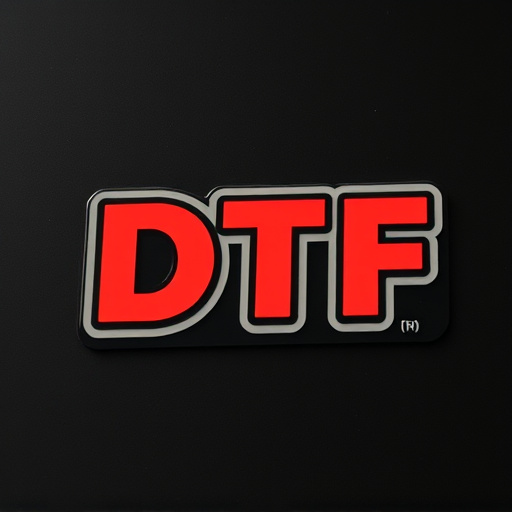
Direct to fabric (DTF) printing has emerged as a game-changer in the apparel industry, offering clothing brands and designers an efficient, versatile, and cost-effective method for producing high-quality, custom designs on various fabrics. This innovative technique involves transferring ink directly onto the fabric’s surface, allowing for intricate patterns, vibrant colors, and exceptional opacity—even when using white ink.
One of the key advantages of DTF printing is its versatility. It’s not limited to specific types of clothing or materials; from hoodies to t-shirts, hats, and even bags, DTF can create stunning logos and graphics with remarkable detail. This makes it an ideal solution for apparel brands looking to offer unique, personalized items while maintaining high print quality. Moreover, DTF printing reduces the need for expensive set-up costs and long production runs, making it a flexible option for small businesses and start-ups in the apparel sector.
The Role of White Ink Layer in DTF Printer
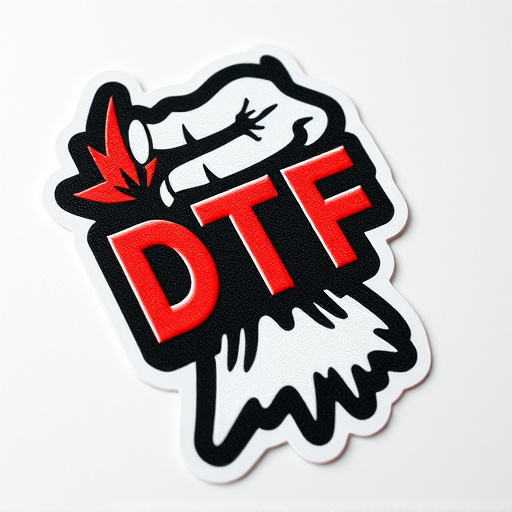
In the realm of direct-to-fabric (DTF) printing, the white ink layer plays a pivotal role in achieving full opacity on lighter materials. This layer acts as a foundational base, ensuring that designs are vibrant and legible when printed on fabrics like cotton or linen, which have lower absorbency rates. By using white ink specifically designed for DTF printers, manufacturers can achieve unparalleled clarity and contrast in their prints, even with intricate patterns and detailed graphics.
For those seeking the best DTF printer capable of handling light fabrics, this feature is a game-changer. It allows for dtf printing that produces rich, accurate colors and crisp details, elevating the overall quality of the final product. Whether you’re a professional designer or an enthusiast, understanding the importance of the white ink layer can significantly enhance your printing experience and results with DTF technology.
Ensuring Full Opacity: Benefits and Applications

Ensuring full opacity is a significant advantage offered by DTF (Direct to Fabric) printers, particularly in the realm of custom apparel printing. This technology allows for the application of white ink as a base layer before adding colored designs. The primary benefit is achieving deep and vibrant colors on darker fabrics without any transparency or showing through. This is especially crucial when printing complex graphics or fine details, ensuring that the final design maintains its impact and visual appeal.
DTF for t-shirts, for instance, has found widespread application in the apparel industry due to its ability to produce high-quality, long-lasting prints. The white ink layer provides a crisp background, making colors pop and enabling precise reproduction of fine lines and intricate patterns. This level of opacity is not only aesthetically pleasing but also ensures the durability of the print, making it resistant to fading or scuffing, especially when used on natural fibers like cotton.
The DTF Printer, with its innovative white ink layer technology, offers a game-changing solution for print enthusiasts. By incorporating white ink, DTF printers achieve unparalleled opacity, ensuring vibrant and detailed prints on various materials. This feature not only enhances the visual appeal but also opens up a world of creative possibilities, making DTF printing a preferred choice for professionals and hobbyists alike.
